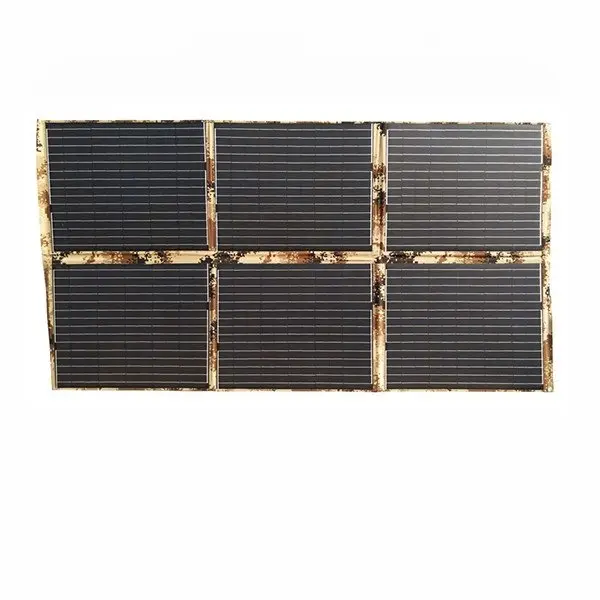Solar power is at the forefront of a sustainable revolution as our society increasingly embraces renewable energy. As solar technology has advanced, solar panels have become a viable option for homeowners and businesses, helping to reduce greenhouse gas emissions. However, an important aspect to consider on the road to sustainability is the end-of-life disposal of solar panels. In this article, we’ll explore the importance of solar panel recycling and answer the question: Are solar panels really recyclable?
Learn about solar panels
Solar panels, also known as photovoltaic (PV) panels, convert sunlight into electricity through the photovoltaic effect. The cells in these panels contain semiconductors, usually made of silicon, that absorb photons and convert them into electrons. This process produces direct current (DC) that can be converted to alternating current (AC) for use in our homes and businesses.
Solar Panel Lifespan
Solar panels have a typical lifespan of 25 to 30 years, with a high production life. During this time, however, the efficiency of the panels may gradually decrease due to factors such as wear and tear, extreme weather conditions and even manufacturing defects. Therefore, regular maintenance and replacement of solar panels may be required to maintain optimal energy output.
Composition of solar panels and possibility of recycling
Solar panels are primarily composed of glass, aluminum, silicon, silver, and various plastics. These materials have different recycling potentials, which raises concerns about photovoltaic waste disposal.
The glass and aluminum that form the bulk of the solar panel’s structure are highly recyclable and can be reused for other purposes without compromising their quality or performance. These materials can be easily extracted during the recycling process and reintegrated into the manufacture of new panels or other products.
Silicon, on the other hand, poses challenges due to the energy required to repurpose it. However, recent research and innovations in recycling technologies are emerging, making the large-scale recycling of silicon more feasible and environmentally friendly.
Precious metals, such as silver, are used in the conductive layers of solar panels, but their recycling potential makes them very valuable components. Recycling and reusing precious metals not only reduces environmental impact, but also helps address the scarcity of these resources.
The Importance of Solar Panel Recycling
With the increase in solar installations across the globe, the concern for proper end-of-life management of solar panels has become even more important. Improper landfilling or disposal of photovoltaic waste can lead to the release of hazardous substances such as lead, cadmium or gallium, thereby contaminating soil and water sources.
By adopting solar panel recycling, we can minimize our environmental impact, conserve valuable resources, and promote a circular economy. Recycling not only reduces waste, it also reduces the need for raw materials, saves energy, and reduces greenhouse gas emissions associated with the manufacture of new panels.
in conclusion
Solar panels have undoubtedly changed the energy landscape, providing clean and sustainable electricity. However, in our pursuit of renewable energy, we must consider the entire life cycle of these panels, including their end-of-life disposal. By actively promoting solar panel recycling and investing in research and development of more efficient recycling technologies, we can ensure a more sustainable future. Let’s embrace the recycling revolution and make renewable energy a greener choice.
Post time: Jun-16-2023
